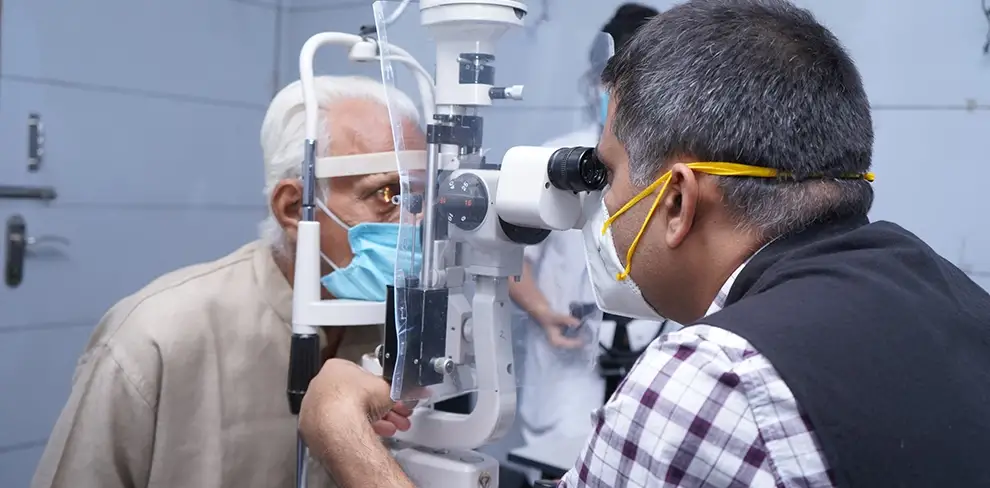A cataract is characterized by cloudy vision and not being able to see clearly. This is common after the age of 50. It makes one feel as he/she is looking through a blurry lens or through a thin veil placed in front of the eyes. It is like seeing through a frosty window. Clouded vision can make it challenging to drive a car or look clearly at a distant object. Cataract usually develops slowly and does not disturb the eyesight at early stages, but it eventually damages the vision. At early stages, eyeglasses can help in dealing with cataract, but if the cataract leads to vision impairment, cataract surgery might be required.
Causes leading to cataract
Usually, cataract develops with age or due to injury in the tissues of the eye lens. Inherited genetic factors can increase the risk of cataracts. Post eye surgery, diabetes, steroid medication for an extended period can add to cataract development.
With age, the lenses in the eye become less transparent and thicker and thus causes the tissues to break down and cluster, clouding and blurring certain areas within the lens. With the development of cataract, the blurring becomes denser and covers a bigger part of the lens. Therefore, as a result of this, the vision gets blurred.
Different types of cataracts
- Subcapsular cataract- it usually occurs at the back of the lens, in the path of the light. This type of cataract usually damages the reading vision and the vision in bright light. People with diabetes and those with high doses of steroid are at a greater risk to develop this kind of cataract.
- Nuclear cataract- it occurs deep in the central zone of the lens. In the early stages, it causes nearsightedness, but with time, it clouds the vision and leads to difficulty in distinguishing between different shades of colour. It is usually associated with ageing.
- Cortical cataract- at early stages, it is whitish streaks on the outer edge of the lens cortex. Gradually it extends to the centre and interfere with the light passing through the centre of the lens.
- Congenital cataracts- it is the cataract which one is born with or develops during childhood. It can be genetic or can be linked with intrauterine infection or trauma.
Symptoms of cataract
- Blurred and clouded vision
- Double vision
- Difficulty with vision at night
- Sudden sensitivity for light
- Need for brighter light to look at objects or doing activities
- Fading of colours
- A halo appears around light sources
Risk factors
- Diabetes
- Ageing
- High blood pressure
- Obesity
- Smoking
- Extreme exposure to sunlight
- Use of corticosteroid medication for a long period
How to prevent cataract
- Regular eye examination from the best cataract specialists in Kolkata can detect and cure cataract at the early stages.
- Excessive exposure to sunlight contributes to the development of cataract. Therefore sunglasses that block UV rays should be used while outdoors to prevent cataract.
- Reduce drinking excessive alcohol to reduce the risk factor and development of cataract.
- Quit smoking as it adds to the development of cataract.
- Maintain a healthy diet to lessen the risk of developing cataracts.
Diagnosis and treatment
A cataract is diagnosed in the following ways-
- A visual acuity test with the help of an eye chart with series of letters to measure how well one is able to read the letters.
- A slit lamp is used by the doctor to see the structure at the front of the eye under magnification, making it easier to detect any abnormality.
- A retinal exam is useful to detect any signs of cataract. The doctor puts a drop in the eye to open the pupils wide and examine the back of an eye with the help of a device called an ophthalmoscope.
If cataracts begin to damage the vision and interfere with the ability to perform everyday activities, most eye doctors might suggest cataract surgery. Delaying the treatment and procedure in this case generally would affect the vision and quality of life as a result.








